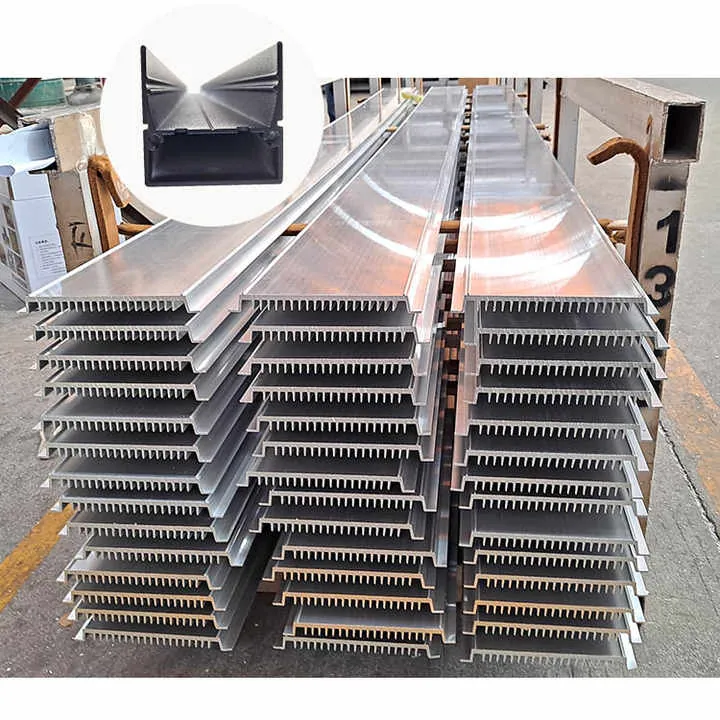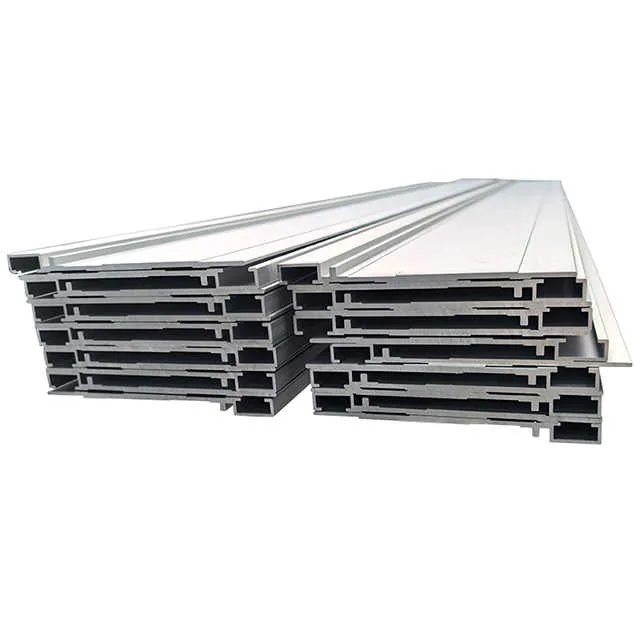What Is the Aluminum Annealing Temperature for Aluminium 6061?

Most engineers struggle to get the right annealing conditions for 6061 aluminum. Wrong temperatures lead to inconsistent mechanical properties, cracking, or wasted material.
The ideal annealing temperature for 6061 aluminum is around 775°F (415°C), held for 2–3 hours, followed by controlled furnace cooling.
Many don’t realize how crucial the soak time and cooling rate are. In this article, I’ll explain each variable to help you avoid trial and error.
What temperature range achieves full annealing in 6061 alloy?
Most manufacturers deal with confusing recommendations for heat treatment. Some sources list wide temperature ranges or lack specific time durations.
To fully anneal 6061 aluminum, heat it to around 775°F (415°C). This temperature allows recrystallization without approaching the melting point.
Recrystallization begins as the temperature rises past 500°F (260°C), but full annealing requires a higher and consistent temperature. The goal is to relieve internal stresses and reset the metal’s microstructure. At 775°F, the material becomes soft enough for deep forming or further machining.
Understanding Full Anneal Conditions
6061 is a precipitation-hardenable aluminum alloy, meaning its hardness depends on its heat treatment history. A full anneal removes all previous hardening effects. This creates a soft, ductile base—called the “O” condition.
Here is a breakdown of annealing temperature ranges and expected outcomes:
| Temperature (°F) | Effect on 6061 |
|---|---|
| 500–600°F | Partial softening, recovery starts |
| 650–725°F | Recrystallization starts |
| 775°F (415°C) | Full annealing, equiaxed grains |
| >800°F | Risk of over-aging, loss of shape |
Any temperature beyond 800°F risks grain coarsening, distortion, and damage to the mechanical profile. So it’s essential to avoid overheating during annealing.
6061 aluminum reaches full annealing when held at 415°C for 2–3 hours.True
This condition allows complete recrystallization without damaging the alloy.
Annealing 6061 at 500°F is enough for full softening.False
500°F only starts recovery but does not complete recrystallization.
How does annealing affect hardness and microstructure in 6061?
You might expect annealing just makes aluminum softer. But it does much more. It changes the very structure of the metal.
Annealing greatly reduces hardness and replaces strained grains with fine, equiaxed ones—making the alloy more ductile and workable.

During forming or extrusion, 6061 develops elongated grains and high dislocation density. This internal stress is like invisible damage. Annealing heals it. The atoms reorganize into a new, stress-free structure.
Changes in Microstructure
As temperature increases, the following changes happen:
- Recovery Phase (250–350°C): Dislocation density decreases. Minor softening occurs.
- Recrystallization (350–415°C): New grains nucleate. The metal becomes much softer.
- Grain Growth (>415°C): If held too long, grains grow large, reducing toughness.
Here is a summary table of changes during annealing:
| Property | Before Anneal | After Anneal (775°F) |
|---|---|---|
| Grain Structure | Elongated, strained | Fine, equiaxed |
| Hardness | ~95 Brinell | ~30 Brinell |
| Ductility | Low | High |
| Residual Stress | High | Low |
These changes are beneficial before deep forming or CNC machining. But if you plan to re-heat treat the alloy (e.g., to T6), avoid excessive grain growth during annealing.
Annealing 6061 changes its grain structure to fine, equiaxed grains and reduces hardness.True
This is the purpose of full annealing and why it's done before shaping.
Annealing makes 6061 harder and less ductile.False
It does the opposite—it softens the metal and increases formability.
What is the optimal soak time at annealing temperature?
Many shops use trial and error to determine soak time. But inconsistent results lead to poor product quality and wasted energy.
For full annealing of 6061 aluminum, soak the alloy at 775°F (415°C) for 2–3 hours to ensure complete recrystallization.

Soak time is the time the metal stays at the target temperature—not the time the furnace is on. It starts when the core of the metal reaches 775°F. Larger sections need more time to equalize internally.
Time vs. Thickness
As a general rule, soak time increases with metal thickness:
| Thickness (inches) | Recommended Soak Time |
|---|---|
| ≤ 1 inch | 2 hours |
| 1–2 inches | 2.5 hours |
| >2 inches | 3 hours or more |
This slow heating process also helps prevent warping or cracking during annealing. Thin sheets may reach target temperature fast, but billets or rods need more patience.
Shorter times (1 hour or less) may only initiate recovery—not full annealing. This is useful for stress relief only, not for full property reset.
If energy use is a concern, consider batch processing to improve efficiency. But always verify soak times based on part size and uniformity.
A 2–3 hour soak at 775°F is needed to fully anneal most 6061 aluminum parts.True
This duration ensures even heating and full recrystallization.
A 30-minute soak is enough to fully anneal any aluminum piece.False
That's not enough time for thicker sections to recrystallize.
What cooling method follows 6061 annealing?
It’s tempting to pull the part out of the furnace and let it air cool. But that can undo the benefits of annealing.
After annealing, 6061 aluminum must cool slowly in the furnace—at about 50°F (10°C) per hour down to 500°F (260°C)—then air cool.

This slow cooling allows the new grains to stabilize without forming internal stress. If cooled too fast, the metal might warp, crack, or develop non-uniform properties.
Cooling Strategy
Here’s a recommended post-anneal cooling process:
- Hold at 775°F (2–3 h): Full anneal soak.
- Cool to 500°F: At 50°F/hour (about 10°C/hour).
- Air Cool to Room Temp: Once under 500°F.
Avoid forced air cooling or water quenching after annealing unless you’re going for solution treatment. Rapid cooling disrupts the grain structure just formed.
Summary Cooling Table
| Cooling Stage | Rate | Purpose |
|---|---|---|
| Furnace Cool to 500°F | ~50°F/hour | Grain stabilization |
| Air Cool to Room Temp | Natural | Finish cooling, no distortion |
In my practice, skipping controlled cooling led to rejected parts. The hardness varied between batches. Once we started furnace cooling properly, product quality stabilized.
Slow furnace cooling is necessary after annealing 6061 aluminum.True
It prevents internal stress and keeps the grain structure uniform.
Air cooling immediately after annealing ensures better grain formation.False
This can lead to uneven cooling and stress buildup.
Conclusion
To anneal 6061 aluminum properly, heat to 775°F (415°C), soak for 2–3 hours, and cool slowly in the furnace before air cooling. This ensures soft, ductile material ready for forming or machining.



